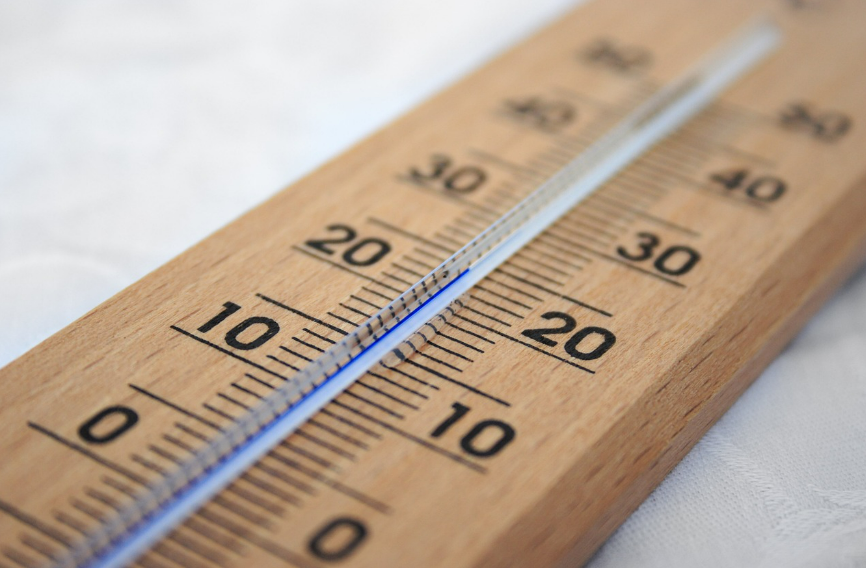100exch, Matchexch9, Laser 247.com: Climate change is intricately linked to ecosystems around the world. The shifting climate patterns impact various ecosystems, leading to disruptions in species’ habitats and food sources. As temperatures rise, some species may struggle to adapt, facing challenges in finding suitable environments to thrive.
Furthermore, climate change can alter the delicate balance within ecosystems. For example, changes in precipitation patterns can impact the availability of water sources for plants and animals. These disruptions can have cascading effects throughout the ecosystem, affecting biodiversity and the overall health of the environment. It is crucial to understand these relationships to mitigate the harmful impacts of climate change on ecosystems globally.
� Climate change impacts ecosystems by disrupting species’ habitats and food sources
� Rising temperatures can make it difficult for some species to adapt and thrive
� Changes in precipitation patterns can affect water sources for plants and animals
� Disruptions within ecosystems can lead to cascading effects on biodiversity and overall environmental health
� Understanding the relationship between climate change and ecosystems is essential for mitigating harmful impacts on a global scale
As global temperatures continue to rise due to climate change, species around the world are experiencing shifts in their distribution patterns. Many plants and animals are moving towards the poles or to higher altitudes in search of cooler temperatures that are more conducive to their survival. This alteration in distribution poses significant challenges for both the species themselves and the ecosystems they inhabit.
Such shifts can lead to changes in interactions between species, as new competitors or predators may enter a habitat previously unoccupied. Additionally, species that are unable to adapt or migrate fast enough may face increased risks of extinction. The impacts of these distribution changes are far-reaching, affecting not only individual species but also the overall functioning and biodiversity of ecosystems on a global scale.
The Role of Climate Change in Habitat Loss
99 Exchange, Big Exchange ID, Maxwin9: Climate change is increasingly recognized as a significant factor contributing to habitat loss across the globe. As temperatures rise and weather patterns become more erratic, natural habitats are facing unprecedented challenges. This has led to shifts in ecosystems, affecting the distribution and abundance of various plant and animal species.
One of the key mechanisms through which climate change drives habitat loss is through altering the availability of resources that species rely on for survival. For example, changes in precipitation patterns can impact the availability of water for plants and animals, leading to desertification or the loss of critical wetland habitats. Additionally, rising temperatures can disrupt the delicate balance of ecosystems, causing widespread changes that can result in habitat degradation and loss.
What is the relationship between climate change and ecosystems?
Climate change has a significant impact on ecosystems as it alters temperature, precipitation patterns, and sea levels, ultimately affecting the distribution of species and the availability of resources.
How do rising temperatures affect species distribution?
Rising temperatures can cause shifts in species distribution as they may need to migrate to higher latitudes or elevations to find suitable conditions. Some species may not be able to adapt quickly enough and could face extinction.
What role does climate change play in habitat loss?
Climate change contributes to habitat loss by changing the conditions in which species can thrive. For example, rising sea levels can lead to the inundation of coastal habitats, while increased temperatures can lead to the loss of polar habitats.
How can we mitigate the effects of climate change on habitat loss?
To mitigate the effects of climate change on habitat loss, it is crucial to reduce greenhouse gas emissions, protect and restore natural habitats, and promote sustainable land use practices. Additionally, conservation efforts can help preserve biodiversity and protect vulnerable species.


